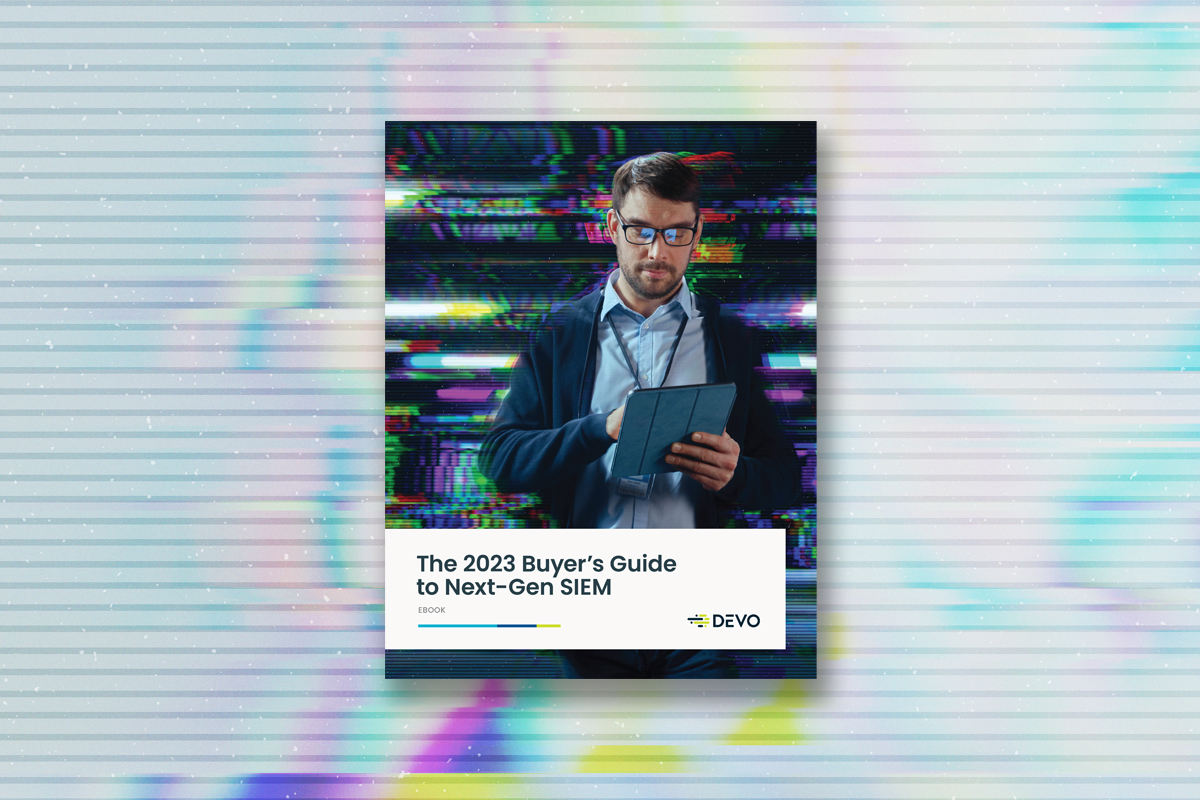
Large-scale cyber breaches continue to dominate headlines, amplifying the damaging ramifications of failing to secure your organization. Even with a substantial investment in your SOC, outcomes continue to fall short of promises. Breaches lead to massive data leaks, steep financial losses, and tarnished reputations, underscoring the urgent need for effective SIEM technology. With hundreds of security vendors and numerous platforms touting the same benefits, it is harder than ever to know where to begin, let alone how to properly select a SIEM.
In this blog post, we’ll help you navigate the market, including the SIEM selection process, to help you select the right solution for your needs.
Getting started: Overlooked questions for your SIEM hunt
When undertaking a SIEM evaluation process, start by asking yourself or your MSSP the following overlooked questions:
#1: Which SIEM can ingest and store any type and amount of data?
It’s essential to consider your data requirements; a SIEM’s effectiveness relies on its ability to ingest all necessary data sources without compromising your security posture.
#2: Which SIEM can conduct real-time analytics?
Given the speed with which adversaries can access and compromise data, it is more important than ever to have a SIEM that conducts analytics in real-time. Without timely access, ingested data loses its value.
#3: Which SIEM supports additional security functionality, such as SOAR, UEBA, and AI-led autonomous investigations?
You must ensure the solution can meet all your security needs, especially SOAR, UEBA, and AI-led autonomous investigations. SIEMs that support these use cases not only enhance threat detection but also streamline incident response, ensuring robust protection against evolving cyber threats.
#4: Which SIEM offers flexible security operations models and a robust MSSP partner network?
As a security leader, you have various options for managing your risk posture, ranging from fully in-house operations to a hybrid model or outsourcing to an MSSP. Consider these options carefully when choosing a SIEM, ensuring your selection supports your in-house resource expertise.
Framework to Evaluate the Multitude of Options
Now that you know what questions to consider, it’s time to compare your SIEM options. To make it simple, we break down SIEM into four main categories, each with its pros and cons.
Traditional SIEM deployed in the cloud: With a 20+ year history on the market, selecting a traditional SIEM ensures you are partnering with a trusted vendor who has conducted many deployments over the years.
However, traditional SIEMs were initially offered as on-premise solutions, which adopted a “lift and shift” migration to the cloud. Though this approach intends to compete with cloud-native providers, it produces a limited implementation that fails to fully capitalize on the processing and cost benefits of cloud infrastructure. These SIEMs also index data on ingest before querying or alerting, resulting in sub-par performance and slower MTTR. As a result, they cannot operate in real time, limiting analysis accuracy, data scalability, and search performance.
Cloud-provider SIEM and a data lake: Cloud-provider SIEMs offer simple data ingestion and cloud-native functionality, helping customers get up and running quickly.
While cloud-provider SIEMs simplify data ingestion, they have limited access to non-native data sources, making it challenging for organizations with diverse datasets to gain complete visibility. Furthermore, cloud-provider SIEMs leverage general-purpose analytics capabilities, which are neither real-time – as data lakes do more batch-oriented analysis – nor optimized for security use cases.
SIEM bundled with other vendor-specific tools: Security platform vendors offer SIEM that they claim is tightly integrated with the rest of their security offerings.
While this may simplify your technology stack, they are limited by fixed data schemas, which impact indexing and search capabilities. Like cloud-provider SIEMs, they are optimized to work with data sources from their own ecosystem but don’t play well with others. These vendors also often rely on open-source analytics tools that are not tailored for security detection.
SIEM optimized for a single use case: These excel in their area of expertise. They can be a good option based on your use case needs.
That being said, these SIEMs are purpose-built for specific use cases, such as UEBA, and as a result, they lack the scalability and performance required for diverse security needs.
A New Approach to SIEM: The Security Data Platform
If choosing a SIEM feels like you’re forced to compromise in one way or another, fear not! A new SIEM option has emerged: the security data platform. A security data platform is a purpose-built platform that ingests limitless amounts of data to help security teams protect their organization.
How do I know if a security data platform is right for me?
If you are looking for a SIEM that…
- Ingests all your data at scale
- Harnesses the benefits of real-time alerts and analytics
- Provides unrestricted data access over any time period
- Prioritizes open integration and flexible APIs with other solutions
- Supports a broad set of security use cases, including SIEM, SOAR, and UEBA
- Empowers you with the functionality to work with an MSSP or fully in-house
- All without operational responsibilities …
Then the best solution for you is a security data platform.
The Devo Security Data Platform, powered by HyperStream, delivers the speed and scale, real-time analytics, and actionable insights crucial for SOC success. Devo’s visionary platform provides security teams with limitless visibility by ingesting data from any source at any volume, and powers integrated security capabilities – including advanced SIEM, SOAR, UEBA, and AI-led autonomous investigations.
Your business depends on you to find attackers and stop incidents before they start. With the Devo Security Data Platform, this dream can become a reality. Recognized as a Visionary in the 2024 Gartner Magic Quadrant for SIEM, Devo is well-equipped to empower your security team. Download the report to learn more.




